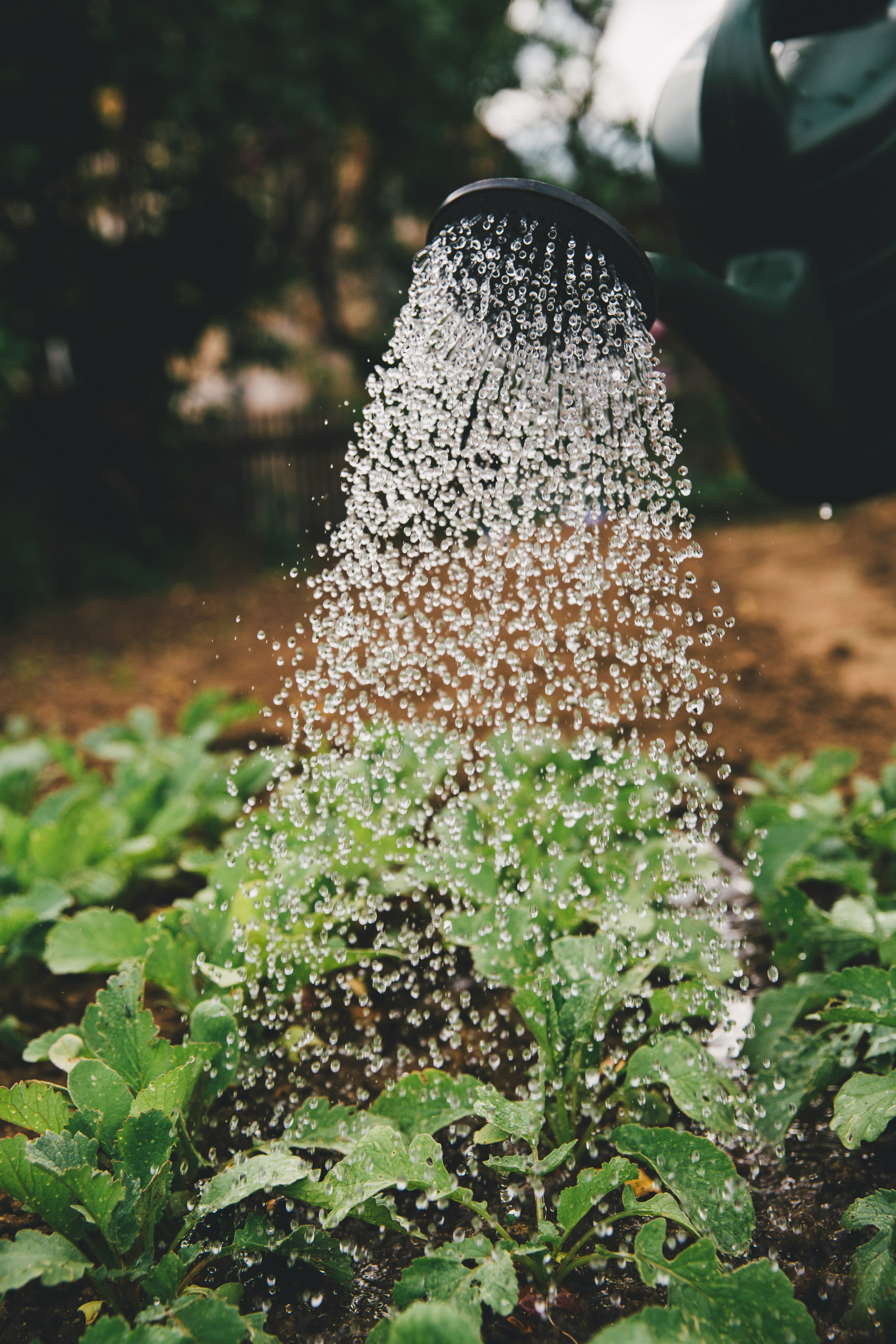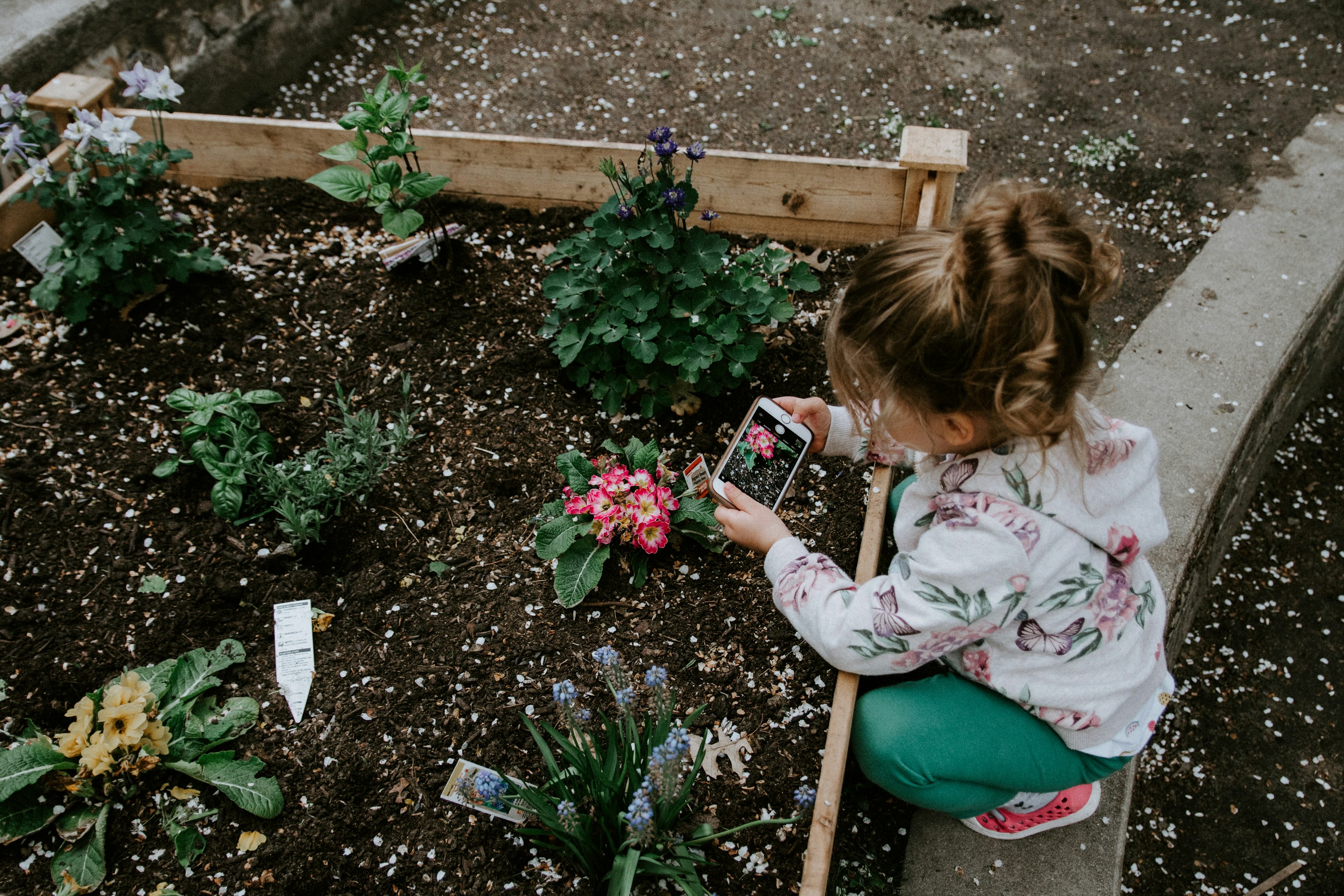Spring is the perfect time to start a garden. The weather is warming up, the days are getting longer, and there's something magical about watching new life bloom in your backyard. If you're a complete beginner, don't worry! Growing your own spring garden is easier than you might think. Here's a simple guide to help you get started with no experience required.
1. Choose the Right Location
Before you dive into planting, take a moment to assess your space. A sunny spot is key to growing most plants, especially vegetables and flowers. Aim for a place that gets at least 6-8 hours of sunlight a day. If you're working with a small space, like a balcony or porch, you can grow in containers or raised beds!
2. Select Easy-to-Grow Plants
As a beginner, it’s best to start with plants that are low-maintenance and forgiving. Here are a few options perfect for spring.
- Vegetables: Lettuce, radishes, spinach, and peas are quick-growing and easy to manage.
- Herbs: Basil, parsley, cilantro, and mint are ideal for beginners. They grow quickly and don't require much attention.
- Flowers: Sunflowers, zinnias, marigolds, and tulips are beautiful and easy to care for.
- Perennials: Plants like lavender and hostas come back year after year, reducing the need to replant every season.
3. Prepare Your Soil
The key to a successful garden is healthy soil. If you're starting from scratch, purchase a good-quality potting mix or garden soil. To improve the health of your soil, add compost or organic matter. This will help the soil retain moisture and provide essential nutrients to your plants. Test your soil to determine if it’s acidic or alkaline, and choose plants that will thrive in those conditions.
4. Plant at the Right Time
Timing is crucial in spring gardening. Check the frost dates for your region, as planting too early can expose your plants to frost, while waiting too long might limit your growing season. A simple online search or asking at your local garden center will help you figure out the best planting dates for your area.
5. Water Wisely
Plants need water to thrive, but too much or too little can be detrimental. It’s best to water your garden in the early morning or late afternoon to reduce evaporation. Water the soil, not the leaves, to help prevent diseases. Make sure your plants are getting the right amount of moisture by checking the soil regularly. If it feels dry an inch below the surface, it's time to water.
6. Weed Regularly
Weeds compete with your plants for nutrients and sunlight, so it’s important to stay on top of them. Pull weeds by hand or use a small garden hoe to keep your garden beds clean. Weeding can be therapeutic, and keeping them in check will give your plants the space they need to grow strong and healthy.
7. Mulch for Moisture and Protection
Mulch is a wonderful tool for any garden, as it helps retain moisture, regulate soil temperature, and reduce weed growth. Use organic mulch like wood chips, straw, or grass clippings around your plants. Just be sure to leave a small gap around the base of your plants to prevent rot.
8. Keep an Eye on Pests
While gardening is all about nurturing plants, sometimes pests can sneak in and cause damage. Look out for bugs like aphids, caterpillars, and slugs. Many pests can be controlled naturally with insecticidal soap or by introducing beneficial insects, like ladybugs, into your garden.
9. Harvest Your Plants
The best part of gardening is enjoying the fruits (and veggies) of your labor! Harvest your vegetables when they are ripe—this will encourage your plants to produce even more. Flowers should be cut when they’re fully bloomed to bring inside or share with others.
10. Enjoy the Process!
Gardening isn’t just about the end result—it’s also about enjoying the process. Don’t stress over every detail. Learn from your mistakes, celebrate the little wins, and watch as your garden grows and flourishes. You’ll find that gardening can be incredibly rewarding and relaxing.
Tips for Success:
- Start small: If you’re a beginner, it’s best to start with a small garden so you can learn and gain confidence.
- Use raised beds or containers: These are easier to manage than traditional in-ground gardens.
- Be patient: Plants take time to grow. Give them space to thrive and enjoy the process!
Gardening is a fun, fulfilling hobby that anyone can pick up, no matter their level of experience. By choosing the right plants, preparing your soil, and caring for your garden with a little patience, you'll be on your way to creating a beautiful and thriving spring garden. So get your hands dirty, have fun, and enjoy the beauty of nature right outside your door!
More Like This
Home Staging: Does It Really Make a Difference?
5 Common Mistakes Homeowners Make While Living in Their Home


